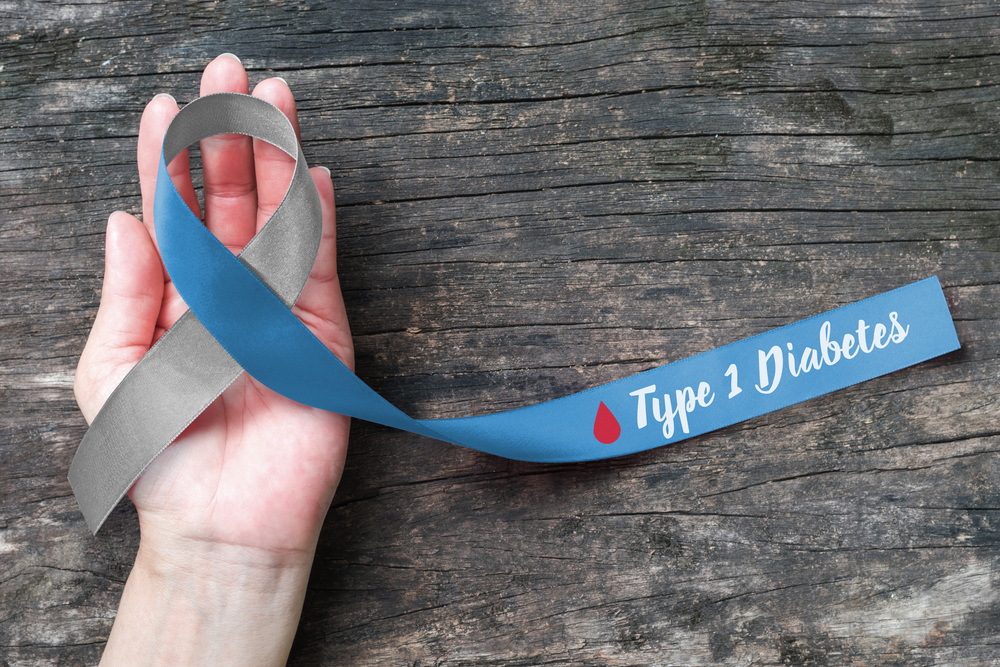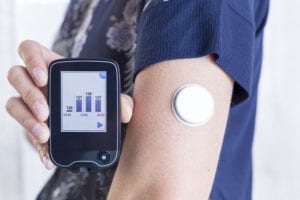
Wearable glucose monitors will be made available to thousands of people that have type 1 diabetes from the 1st April 2019.

The decision comes after an investigation found that patients in some areas of the country were being denied access to the device. The monitor reduces the need for a finger-prick blood tests and helps people with diabetes to manage their condition. Charities for diabetes call the development a huge step forward.
In England alone 300,000 people have type 1 diabetes. Recent research suggests 2-5% of type 1 patients in England had access to the monitor on the NHS, however 20-25% were eligible. This was due to some local clinical commissioning groups decided not to prioritise funding for the device. Currently 144 of 195 clinical commissioning groups have signed up.
How does it work?
The glucose monitoring device uses a tiny sensor inserted under the skin of the arm which is connected to a small transmitter patch on the surface of the skin. The sensor reads the blood sugar levels from fluid just beneath the skin and transmits them wirelessly to a portable reader to display the result, the portable reader needs to be held by the sensor to read the levels. The device sensor is about the same size as a 2p coin and sits on the arm, it will be available on prescription who qualify in the line of the NHS clinical guidelines.
The technology reduces the need of finger-prick blood tests and can be quicker and easier for people with diabetes to manage. It is also said to be more convenient.
Karen Addington, chief executive of type 1 diabetes charity JDRF, said: “This should end the inequality of people being refused access to this life-changing type 1 diabetes technology depending on where they happen to live.”
What is type 1 diabetes?
Type 1 diabetes is a serious, lifelong condition where your blood glucose level is too high because your body can not make insulin. About 10% of people with diabetes in the UK have type 1 diabetes. It has nothing to do with your life style it is just something that happens.
When you have type 1 diabetes is when your body attacks the cells in your pancreas that makes insulin, this means that your body can no longer make insulin. Insulin is needed to live, and it is an essential as it allows glucose into our blood to enter cells and fuel the body.
Over a long period of time high glucose levels in your blood can damage your heart, eyes, feet and kidneys.
Symptoms for type 1 diabetes
The symptoms of diabetes are:
- Feeling very thirsty
- Using the toilet more than usual
- Felling very tired
- Losing weight
- Blurred vision
- Cuts and grazes that are not healing.